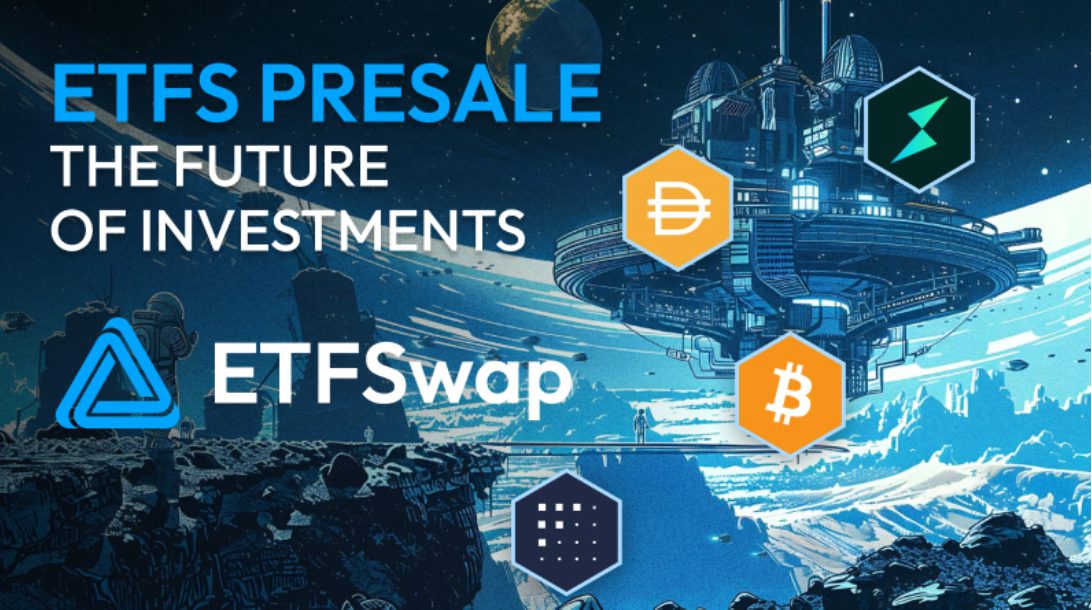Blockchain and sustainability – there is more than just electricity
In more than 40,000 days – or over a hundred years – we made it from the first flight on land to the first flight on another planet. In that short period of time, the amount of fuel burned, and unfortunately the number of human lives, was immeasurable. The flight, in turn, changed everything from trade to war and gave birth to entirely new industries. With the development of aviation, fuel efficiency improved and the death toll dropped dramatically.
In the digital realm, blockchain technology is equally transformative, with applications in all areas of commerce, sharing, collaboration, identification and resource usage management. These advances are currently associated with high electricity costs. This is a concern that should and will be addressed.
Connected: Ignore the headlines – Bitcoin mining is greener than you think
The problem is that the current narrative of using this high power consumption to call up blockchain projects and especially Bitcoin (BTC) is unsustainable. Not only is this detrimental to blockchain projects – especially from an investment and adoption perspective – it is also untrue.
Sustainability is assessed using three key ESG metrics – environmental, social and governance. The current debate – characterized by a lack of nuances on the one hand and an unnecessary perspective on the other – has focused exclusively on the environmental aspect of sustainability. The social and governance aspects have been largely overlooked, leading to an inaccurate perception of sustainability for both Bitcoin and blockchain projects in general.
Connected: Bitcoin miners can demonstrate green potential by going through the ESG rating check
society
The social dimension needs to be seen in the broader context of the platform move across the economy. Everything from greeting a ride to buying a book to ordering a takeaway now happens across platforms. In this win-win world, the market power of successful platforms enables them to offer their employees unfair terms.
Encrypted blockchain projects can fix this flaw by making it possible to own a platform based on worker contributions. As a result, workers benefit from the platform’s growth rather than being oppressed by it.
Connected: Understand the systematic change from digitization to cryptographic financial services financial
administration
Blockchain technology enables the transparent and automated implementation of rules / procedures on a global level. This ability is based on a combination of immutability, transparency, censorship resistance, decentralized software enforcement, and blockchain-specific economic incentives.
This makes blockchain a comprehensive proof-of-concept platform for governance in the digital age – a proven platform that, as we’ve seen in the area of decentralized finance, is advancing almost daily. It is only a matter of time before the knowledge gained helps us to better manage our global activities.
Connected: Decentralized Parties: The Future of Chain Governance
Conclusion
A piece of cloth and wood from the original Wright Flyer was brought to the surface of the moon by Apollo 11 astronauts. Fabric and wood have no other functional purpose than the symbolic connection of these two historical events.
It has been around 4,600 days since the official Bitcoin report was released. In view of the breakneck pace of innovation in the blockchain space, the current blockchains – and their energy consumption – will also be a symbol of the past.
Therefore, it is more effective to take a more holistic perspective and work towards a sustainable end result, rather than overestimating an ongoing work – and at the expense of social and management process benefits.
Gys Hough is Managing Partner at Coinstone Capital – a Dutch digital asset investment advisor that focuses on a tailored portfolio of crypto assets for retailers, HNWIs and home offices. Gys writes and lectures on blockchain and society, with a special focus on cryptography, including platforms and CBDCs.
.
.















